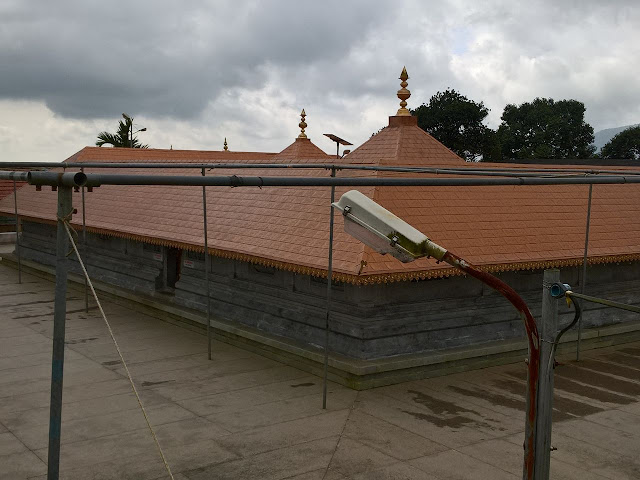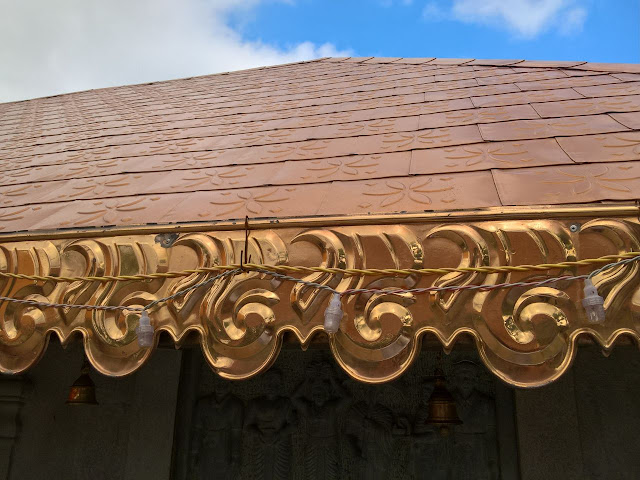Beliefs
Many theories abound about the origins of humans. Scriptures claim that all the human race descended from one intelligently designed man, call him Swayambhuva Manu, call him Adam, call him what you might.
Likewise, Science would let you know otherwise. Some scholars claim that the human species gradually developed in a single place, others would claim that the species evolved simultaneously at more than one place.
However if you would ask me what I believe in, I would say the theory which states that humans evolved in Africa and then spread out across the globe over several tens of thousands of years. They made their way through the Horn of Africa, then into Eurasia, populating West Asia, Central Asia, South Asia, East Asia and Europe, besides Africa itself. They also moved further into Australia, the Americas, Oceania and every other island.
Mythologies across the globe have had common origins. A well-known example is the Flood Myth. Accordingly, a great deluge comes upon the earth which would wipe out the human race. But one man would survive this calamity and his descendants would repopulate the earth. To some he was Vaisvata Manu, to some others he was Gilgamesh and to many others he was Noah. Another such a popular legend is the gods versus giants battle. While in the Hindu Puranas the Devas beat the Asuras, in Greek mythology the Olympians defeated the Titans.
 |
| The foggy Igguthappa (Malma) hill as seen from the Padi temple |
Origins
Likewise, there is an obscure belief in seven supernaturals, revered in different pockets across Asia. Invariably these seven were six men and one woman. To the Babylonians, these seven were rulers of the heavenly bodies. The six gods were known as Nanna the Moon, Utu the Sun, King Merodach of Jupiter, Ninurta the war god Saturn, Nabu the Mercury god and Nergal the fire god Mars while the goddess was their relative Inanna, the goddess of Venus. Interestingly there are a modern West Asian people who believe in seven angels, six of them male and one female.
Similarly, an ancient Hindu pattern existed in the Kodagu hills of South West India. This region has a pantheon of local gods and goddesses. According to the local mythology, seven children gods of Kodagu came from across seas to land on the Malabar coast. From there they moved inland to live among the Coorgs.
According to his commemoration song, Igguthappa was one of six brothers and a sister, reincarnations of various deities. Igguthappa is revered as Lord Subramani incarnate, the war-god who commands snakes as well. These seven are analogous to the seven ancient planet deities of West Asia. But the planetary significance has long been forgotten.
The first among the seven West Asian gods was the Moon-god, the chief of the West Asian pantheon. The crescent moon is a common motif among the Kodavas, the children of the legendary Chandra Varma (Moon Warrior). The crescent is represented as the Kokkethathi necklace pendant and found upon the peechekatti war-knife. This Kodava crescent is akin to the symmetric, convex Chandra-Bindu (moon-and-dot) of the Hindus rather than the Islamic Crescent which is depicted in profile.
The second of the original Seven was the Sun god, again the Sun was revered by the Kodavas. The third was called King; while to the Babylonians, he was Merodach, the King of the gods, representing Jupiter or Zeus, to the Coorgs he was Bendru Kolurappa, the Emperor Marajendra or King of kings Rajarajeshwara.
The fourth god was the war god, known as Saturn Ninurta and as Igguthappa, a form of Subramani, the Hindu war-god. Saturday the day of Saturn is sacred to the Coorgs. Mercury and Mars have not played as significant a role as the other planet-gods. The last was a goddess, called Venus, Inanna or Ponnangalatamme.
In Kodagu, while the river goddess Kaveri is called the Kula devi or patron goddess, the hero-god Igguthappa is venerated as the Mahaguru or chief preceptor. Mahaguru Igguthappa is also called and invoked as the Wodeya (ruler) and ajja (elder).










